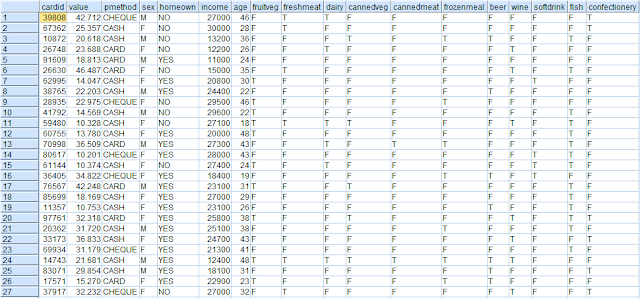Market Basket Analysis

Affinity analysis is a data analysis and data mining technique that discovers co-occurrence relationships among activities performed by (or recorded about) specific individuals or groups. In general, this can be applied to any process where agents can be uniquely identified and information about their activities can be recorded. In retail, affinity analysis is used to perform market basket analysis, in which retailers seek to understand the purchase behavior of customers. This information can then be used for purposes of cross-selling and up-selling, in addition to influencing sales promotions, loyalty programs, store design, and discount plans [Source: Wikipedia]. In today's post, we use fictitious data from a supermarket describing items bought together by a set a individuals along with personal data that can be acquired through a loyalty scheme. We will use SPSS Modeler to identify relationships between items bought together so we can understand which items are typically...
